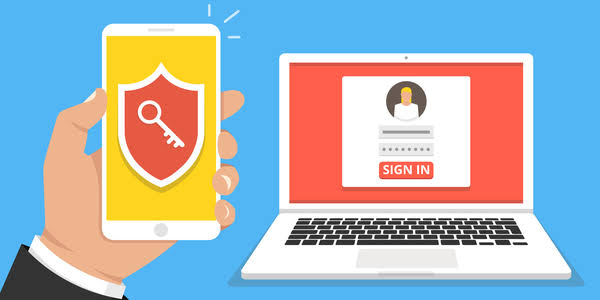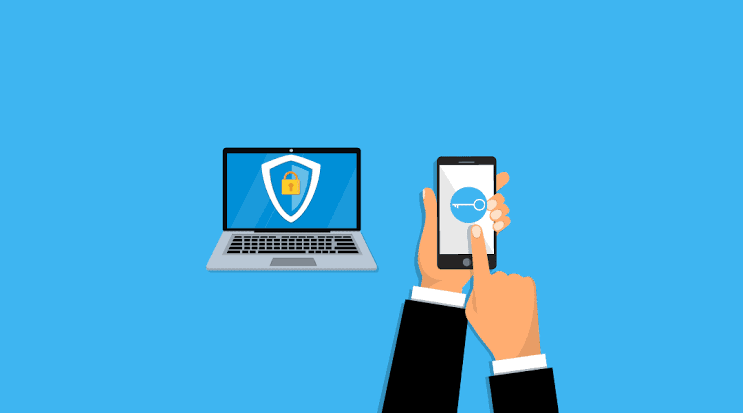In an undeniably interconnected and digital world, the requirement for robust and secure authentication methods has never been more basic. Traditional username-password blends are presently not adequate to shield delicate data and digital assets from digital dangers. Subsequently, modern authentication software has ventured into the spotlight, offering a biometric splendor that lifts security higher than ever. In this article, we will go through the cutting-edge features of modern authentication software and how biometrics is changing the manner in which we prove our personality.
Notable Features of Modern Authentication Software
- Biometric Authentication – The Foundation
At the center of modern authentication software lies biometric authentication, which depends on unique physical or behavioral traits to check a person’s personality. These biometric elements can incorporate fingerprints, facial acknowledgment, iris scans, voice patterns, and even behavioral traits like typing rhythm or gait analysis. Biometric authentication gives an exceptional degree of precision and security, as these qualities are essentially difficult to fashion or recreate.
- Multi-Factor Authentication (MFA) – Double Defense
Present day authentication software frequently consolidates Multi-Factor Authentication (MFA), adding an additional layer of security to the cycle. MFA expects clients to give at least two types of ID prior to accessing their records. For example, a client could initially enter a secret key, and afterward validate with a unique fingerprint scan or a facial recognition scan. This two-step process fundamentally diminishes the risk of unauthorized access and fortifies the general security posture.

- Continuous Authentication – Staying One Step Ahead
Traditional authentication techniques just check a user’s identity during login, ybut modern authentication software goes past this with persistent authentication. This component consistently screens a user’s behavior and biometric patterns all through their session. Assuming the framework identifies any dubious behavior or deviations from the laid out designs, it can provoke extra authentication or even log the client out for security purposes. Constant authentication guarantees that regardless of whether an unauthorized user gains access, their session is immediately ended.
- Adaptive Authentication – Smart Security
Adaptive authentication is a wise feature that evaluates the risk level related with a login attempt and tailors the authentication process accordingly. For instance, in the event that a client signs in from their regular device and network, adaptive authentication could require a unique fingerprint scan for confirmation. In any case, if the login attempt comes from a new gadget or area, the framework could provoke for extra authentication methods to guarantee a more significant level of safety. This flexibility makes authentication smarter and more powerful in fighting potential threats.
- Passwordless Authentication – Bidding Farewell to Passwords
Passwordless authentication is a progressive feature that takes out the requirement for traditional passwords. Instead, it depends on biometrics or different types of validation, making it safer and easy to use. With passwordless verification, clients never again need to remember complex passwords, diminishing the risk of weak passwords or password-related attacks.
- Secure Remote Access – Connecting with Confidence
With the ascent of remote work and cloud-based services, secure remote access has turned into a first concern for organizations. Present day authentication software offers secure remote access solutions that permit employees to get to corporate assets and delicate information from anyplace while guaranteeing that only authorized users can acquire passage.
Conclusion
In the face of ever-evolving cyber threats, modern authentication software with its biometric brilliance offers an unmatched degree of safety and convenience. Biometric authentication forms the bedrock of this state of the art software, with highlights like Multi-Factor Authentication, continuous authentication, and versatile authentication improving its robustness.
Passwordless authentication says goodbye to the awkward secret key based approach, and secure remote access enables seamless connectivity for remote labor forces. With present day authentication software in charge, organizations and individuals can have confidence that their digital assets and sensitive data are safeguarded by a fortification of biometric brilliance that stands one stride ahead of potential threats.



Leave feedback about this